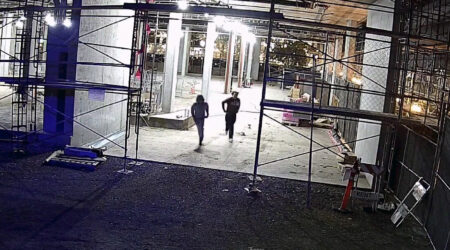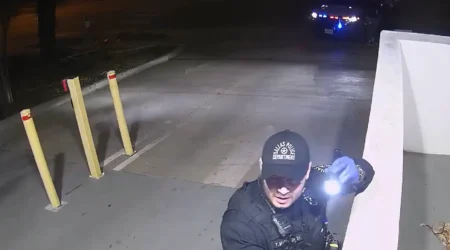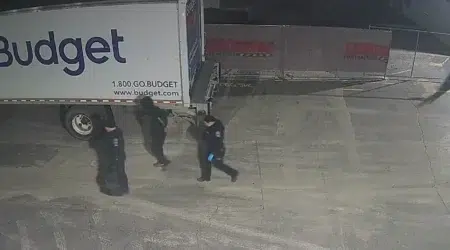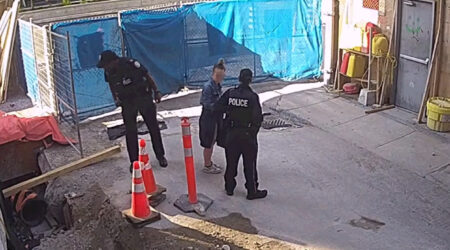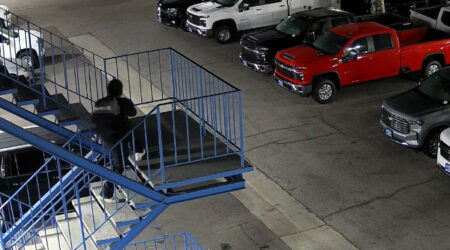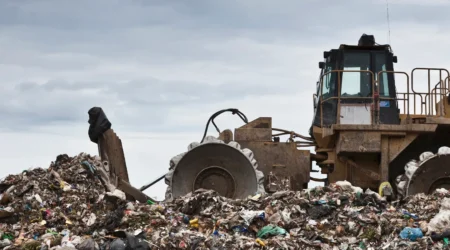Scrap metal and recycling yards are inherently high-risk environments that face a variety of persistent threats including theft, fire hazards, and unauthorized access. These…
Continue ReadingConstruction Trespassers Quickly Arrested After Spotted via Remote Surveillance
We know firsthand that construction sites across North America face significant security challenges that can impact project timelines and financial outcomes. Construction…
Continue Reading

